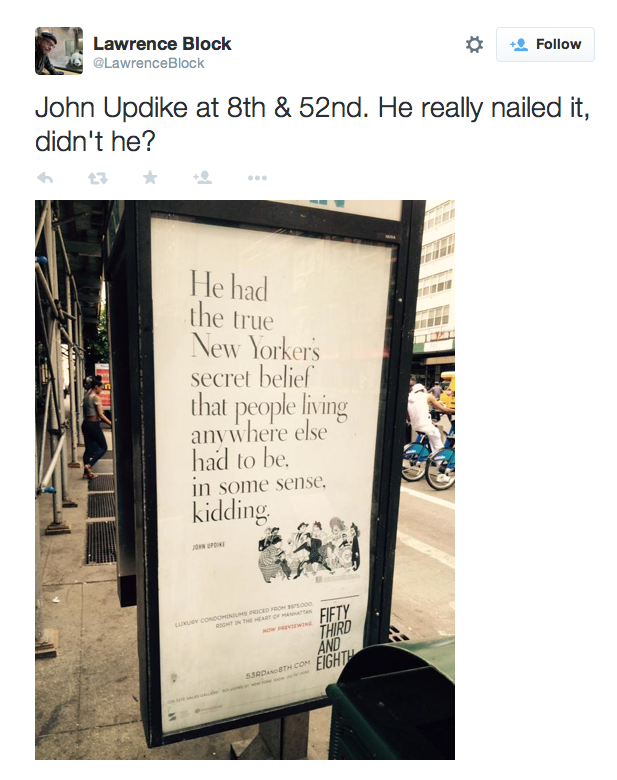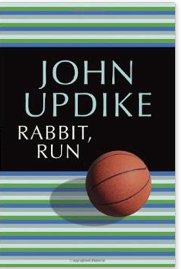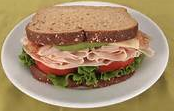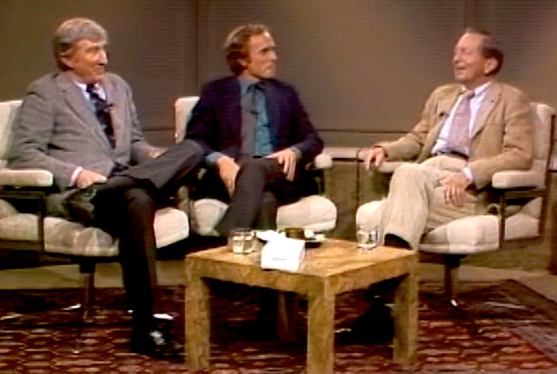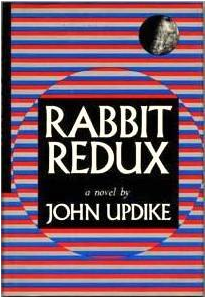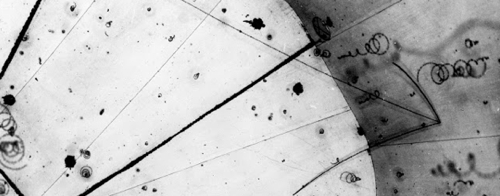 Watch your mailboxes, John Updike Society members. Volume 3, Number 2 (Winter 2015) of The John Updike Review has been published and mailed. The issue features a stunning cover photo by Ara Guler and two plenary talks from the Third Biennial Conference: “The Bulgarian Poetess: John and Blaga,” by Ward Briggs and Biljana Dojčinović, and “Starting Out at Chatterbox: The Apprenticeship of John Updike,” by Donald J. Greiner. Also in this issue is the winning essay from the JUR’s Second Emerging Writers Prize—”The Long Goodbye: The Role of Memory in John Updike’s Late Short Fiction,” by Matthew Shipe—and “Engendering Pleasure: Sringara Rasa in John Updike’s S.,” by Pradipta Sengupta.
Watch your mailboxes, John Updike Society members. Volume 3, Number 2 (Winter 2015) of The John Updike Review has been published and mailed. The issue features a stunning cover photo by Ara Guler and two plenary talks from the Third Biennial Conference: “The Bulgarian Poetess: John and Blaga,” by Ward Briggs and Biljana Dojčinović, and “Starting Out at Chatterbox: The Apprenticeship of John Updike,” by Donald J. Greiner. Also in this issue is the winning essay from the JUR’s Second Emerging Writers Prize—”The Long Goodbye: The Role of Memory in John Updike’s Late Short Fiction,” by Matthew Shipe—and “Engendering Pleasure: Sringara Rasa in John Updike’s S.,” by Pradipta Sengupta.
Editor James Schiff has done another fantastic job, and his innovative Three Writers feature, in which three invited writers are asked to contribute an essay on the same Updike story, novel, poem or essay, this issue spotlights the short story “Gesturing”: Robert M. Luscher’s “Motions of Meaning: John Updike’s ‘Gesturing,'” Dario Sulzman’s “‘I Feel I’ve Given Birth to a Black Hole’: Existential Motifs of Bachelorhood in John Updike’s ‘Gesturing,'” and Kathleen Verduin’s “Gestures of Reflection.”
Rounding out the issue is Matthew Shipe’s review of Bob Batchelor’s John Updike: A Critical Biography.
The John Updike Review is published twice a year by the University of Cincinnati and The John Updike Society and is based at the University of Cincinnati Department of English and Comparative Literature. To subscribe to The John Updike Review, simply join The John Updike Society (https://blogs.iwu.edu/johnupdikesociety/). Membership ($25 regular, $20 grad students/retirees) includes a subscription to the journal. Institutional subscriptions are available through EBSCO.

